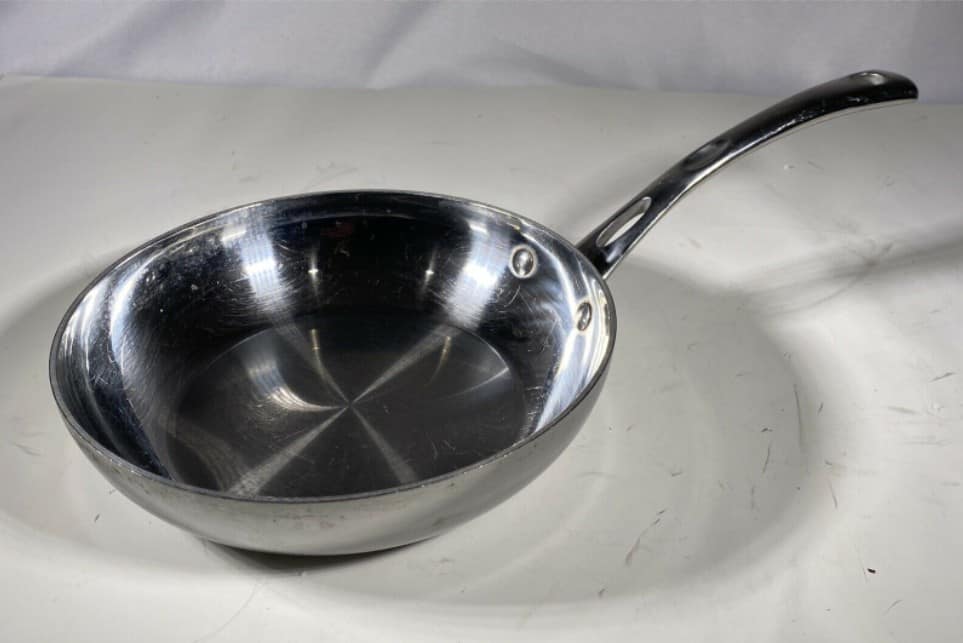Horses with asthma often exhibit symptoms such as coughing, wheezing, increased respiratory rate, nasal discharge, and diminished exercise tolerance. These symptoms can be triggered by various environmental factors, including dust, pollen, mold, and other allergens often found in stable bedding, feed, and outdoor settings. The condition can be categorized as either recurrent airway obstruction (RAO), commonly known as heaves, or inflammatory airway disease (IAD), depending on the severity and nature of the symptoms.









